Advertisement
Car modification is both an art and a science, often requiring specialized knowledge, research, and trial-and-error to get it right. While some enthusiasts spend years learning the intricacies of tuning engines, adjusting suspension setups, or selecting the perfect body kit, others may find themselves overwhelmed by the sheer volume of technical details and conflicting advice online. It is where AI, particularly ChatGPT, becomes a practical tool for navigating the complexities of modifying a vehicle.
Before any tools are picked up or parts are ordered, one of the most crucial steps in modifying a vehicle is understanding the desired outcome. ChatGPT can assist users in narrowing down what they hope to achieve—whether it's more horsepower, better handling, or a visual overhaul. The AI helps break down broad intentions into focused objectives, helping users plan modifications based on function, cost, and compatibility.
For example, if the goal is improved engine output, ChatGPT can outline the components typically involved in achieving that while also addressing the limitations and trade-offs. If the focus is more cosmetic, it can help map out design elements that maintain vehicle coherence without compromising daily usability.
Not every idea is practical or safe, and some modifications might introduce significant risks to a vehicle’s integrity. ChatGPT provides value here by identifying the feasibility of a proposed project. It can flag unrealistic goals, explain the limitations of specific engines or chassis platforms, and offer alternative approaches when an idea crosses into the realm of impracticality.
When a user presents an ambitious performance target—like significantly increasing horsepower from a naturally aspirated small engine—the AI can explain what such a project would require in terms of supporting components, costs, and risks. In doing so, it prevents users from diving into modifications that could lead to mechanical failure or legal issues.
One of ChatGPT’s strongest capabilities lies in its ability to simplify technical concepts. Many users are eager to modify their cars but lack a deep understanding of systems like fuel management, forced induction, or ECU programming. The AI can explain these systems without overwhelming jargon, helping users grasp what modifications do and how they interact.
It also supports knowledge growth by walking users through complex processes in a logical sequence. For example, rather than simply listing required parts for an upgrade, ChatGPT can describe how each component contributes to the system’s function, why it’s needed, and what happens if it’s skipped.
This educational support is especially valuable for DIY builders or newcomers trying to avoid common mistakes. It empowers them to approach projects with greater confidence and a clearer understanding of each modification step.
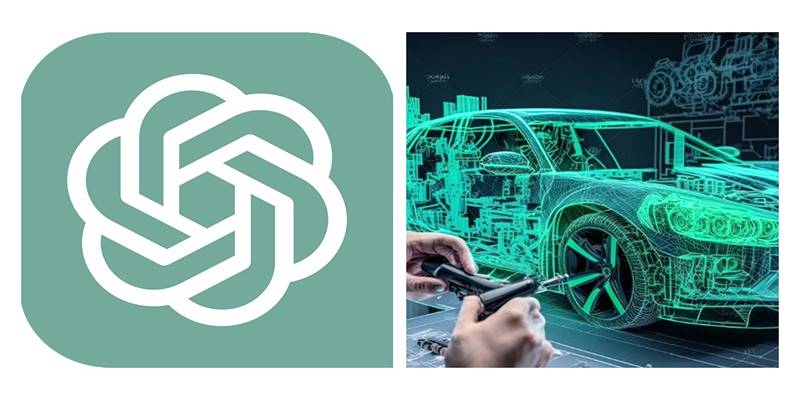
Selecting the right parts is often one of the most frustrating aspects of car modification. Between incompatible fitments and misleading marketing, the wrong purchase can lead to wasted time and money. While ChatGPT doesn't access live inventory data or proprietary fitment databases, it can guide users on how to research compatibility properly.
It can suggest the kind of specifications to look for, explain the significance of vehicle production years and trim levels, and highlight potential red flags when mixing parts from different brands or systems. In doing so, it equips users with the tools needed to make confident, informed decisions when purchasing aftermarket components.
Modification is not a one-time project—it often introduces new maintenance requirements and long-term upkeep responsibilities. ChatGPT can outline what post-upgrade routines might be necessary depending on the system change. For instance, a car that receives a more aggressive camshaft profile may require different oil service intervals, while the upgraded suspension may call for more frequent alignment checks.
This insight helps users build realistic timelines and budgets. Rather than getting surprised by hidden costs after the installation, users are prepared to maintain their vehicles in a way that ensures reliability and performance.
ChatGPT also assists in creating upgrade paths. It can help users prioritize which modifications to make first based on impact, budget, or required supporting changes, thereby avoiding the common mistake of performing upgrades in the wrong order.
After modifications are installed, vehicles can sometimes behave unpredictably. ChatGPT can help diagnose symptoms by correlating them with likely causes. When users report specific behavior—such as rough idling after a fuel system change or brake fade after performance rotor upgrades—the AI can suggest possible culprits and what to inspect.
It also provides value when something fails unrelated to tuning. By processing symptoms and even diagnostic trouble codes from an OBD-II reader, ChatGPT can narrow down what the issue might be, potentially saving a trip to the mechanic or at least speeding up the repair process by giving the owner a head start.
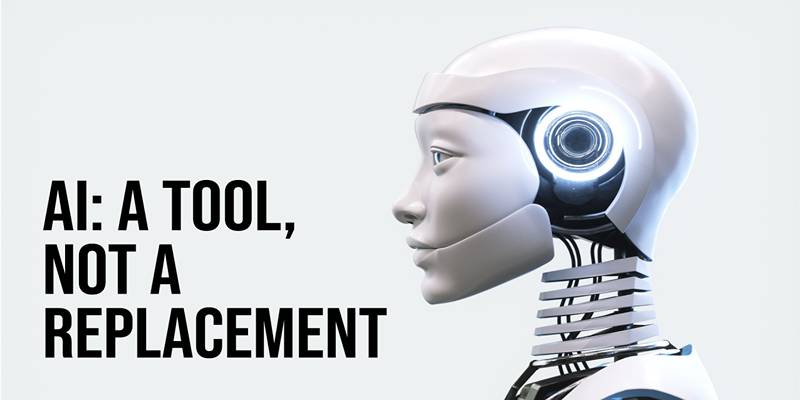
ChatGPT should be used as an advisor—not a replacement for qualified technicians. Its strength lies in pre-planning, ideation, education, and guiding users toward the right conversations with professionals. Whether preparing for a consultation with a tuning shop or reviewing recommendations from a mechanic, ChatGPT equips users to better understand what is being proposed and why.
This informed perspective makes for more efficient communication, fewer misunderstandings, and better outcomes from professional services. It also builds user confidence by helping them ask the right questions and recognize realistic expectations. Over time, this knowledge-driven approach can lead to more successful and satisfying modification experiences.
ChatGPT serves as a valuable assistant for anyone looking to modify their car with confidence and clarity. It helps users plan upgrades, understand technical aspects, and avoid common pitfalls through well-structured advice. While it doesn't replace professional mechanics, it enhances preparation and decision-making.
By leveraging AI support, car enthusiasts can streamline their customization journey. With thoughtful use, ChatGPT becomes a smart companion for achieving safe, effective vehicle modifications. Its role empowers users to turn creative ideas into practical, road-ready enhancements.
Advertisement

ChatGPT is now on Android with a fast, mobile-first design—download the app and enjoy smarter AI chats anytime, anywhere.

Explore 8 of the best AI-powered apps that enhance productivity and creativity on Android and iPhone devices.

Explore how ChatGPT helps with car modification by offering tailored advice, upgrade planning, and technical insights.
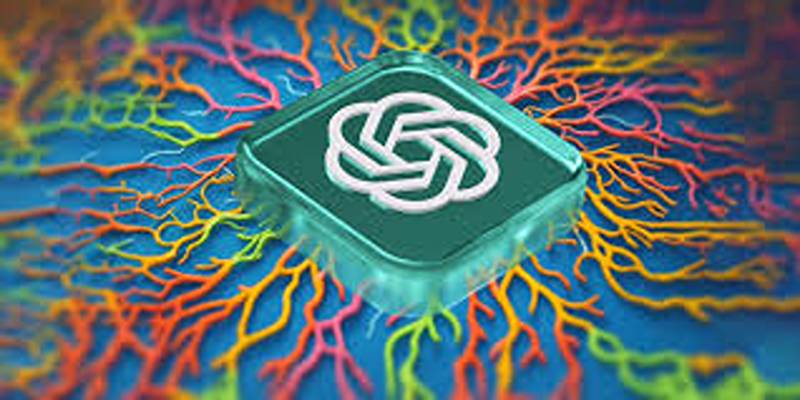
Explore 6 ways ChatGPT enhances video game scriptwriting through dialogue, quest, and character development support.
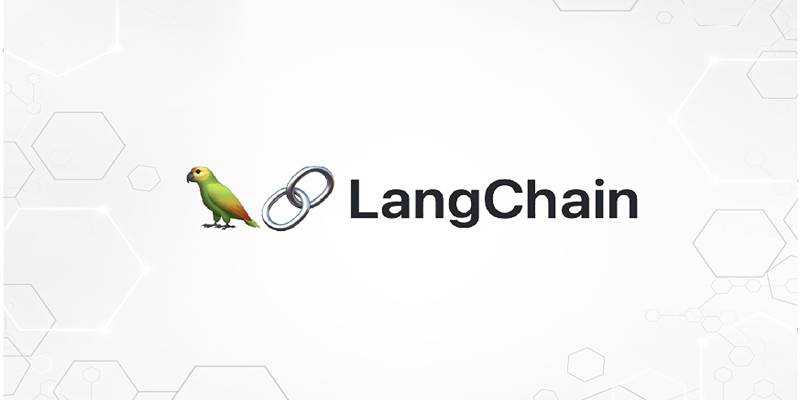
Explore how LangChain helps developers create smarter, scalable apps using LLMs, tools, memory, and workflows.
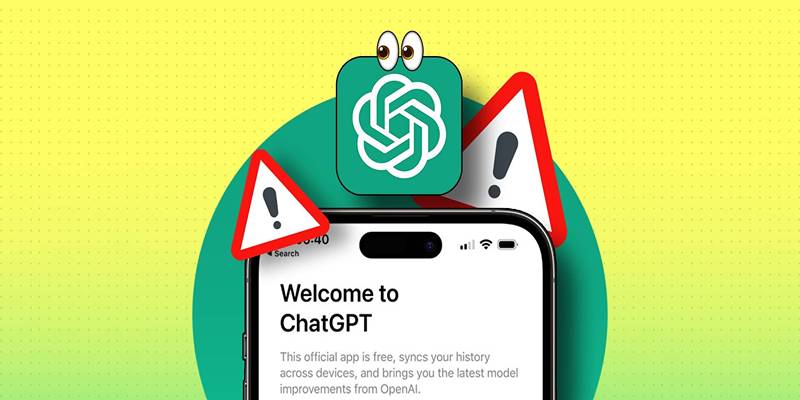
If ChatGPT isn't working on your iPhone, try these 8 simple and effective fixes to restore performance and access instantly.
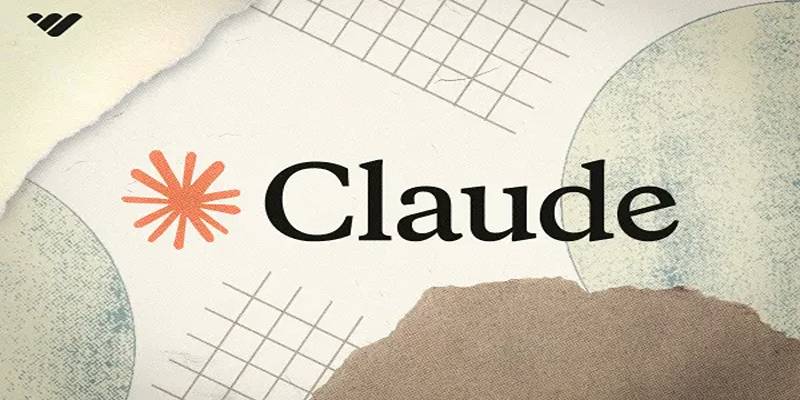
Learn how Claude AI offers safe, reliable, and human-aligned AI support across writing, research, education, and conversation.
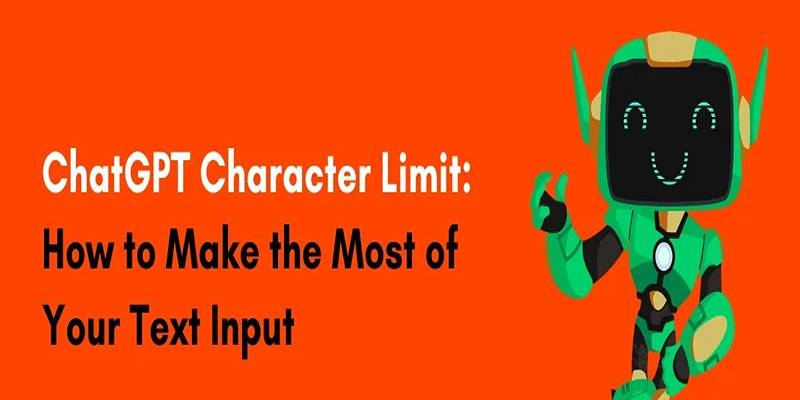
Learn ChatGPT's character input limits and explore smart methods to stay productive without hitting usage roadblocks.
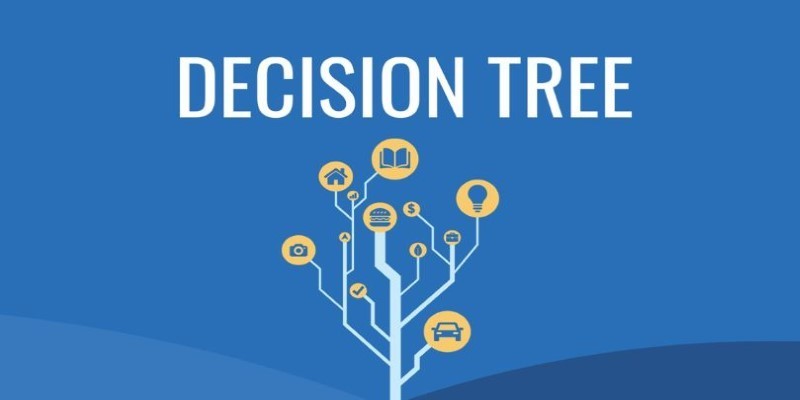
Ever wondered how decision trees decide on the best split? Learn how decision trees work, how to tune them, and when they shine as a model for your data
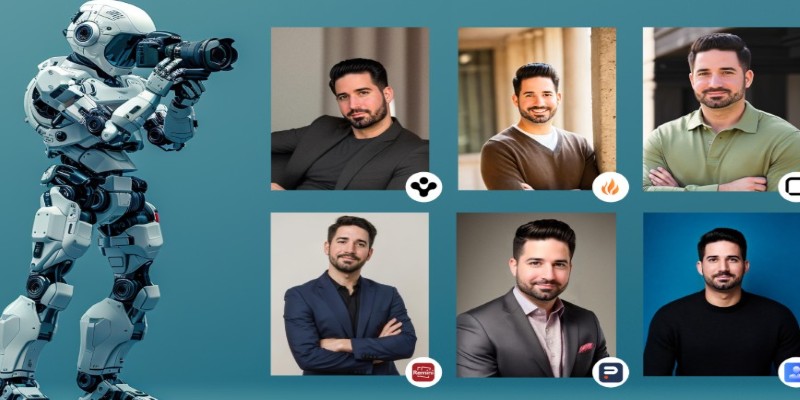
Need a sharp, professional headshot without booking a shoot? Check out the best AI headshot generators in 2025 to create standout photos in minutes

This guide shows how to set up ChatGPT on Android and iOS for private, smooth, and on-the-go AI conversations.
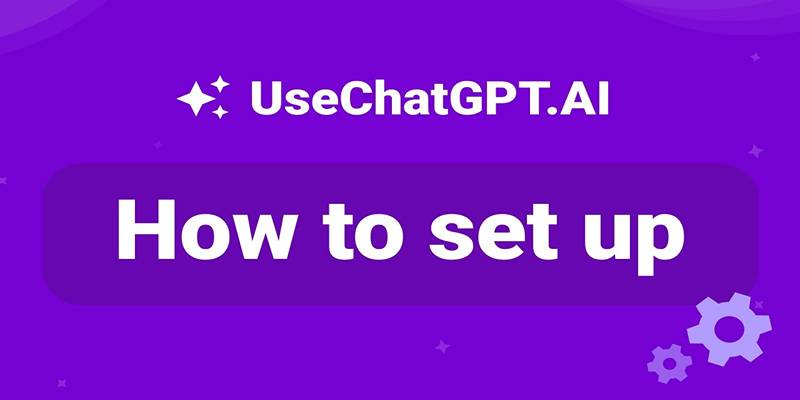
Learn how the UseChatGPT Copilot extension helps users write, reply, translate, and summarize text directly in the browser.